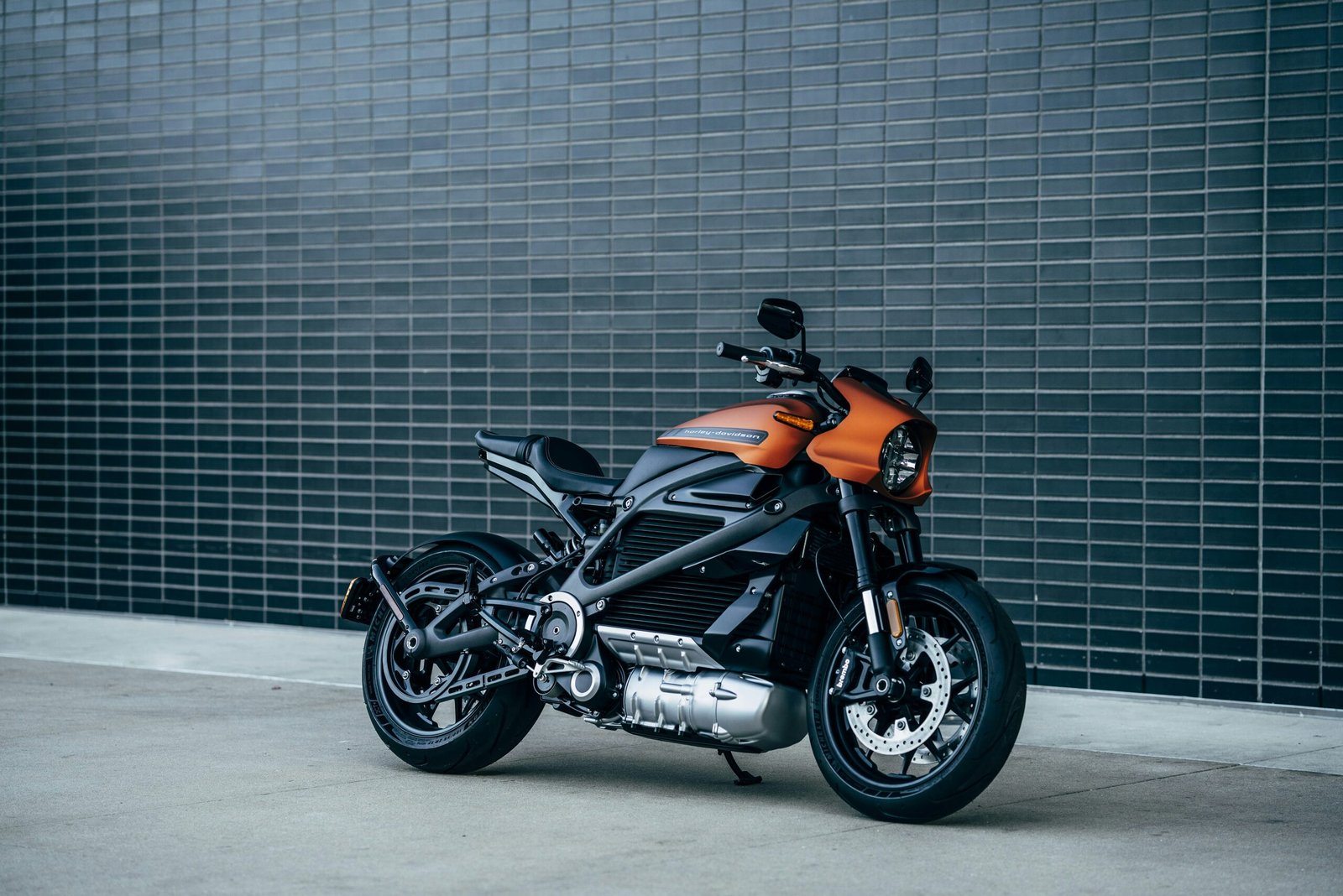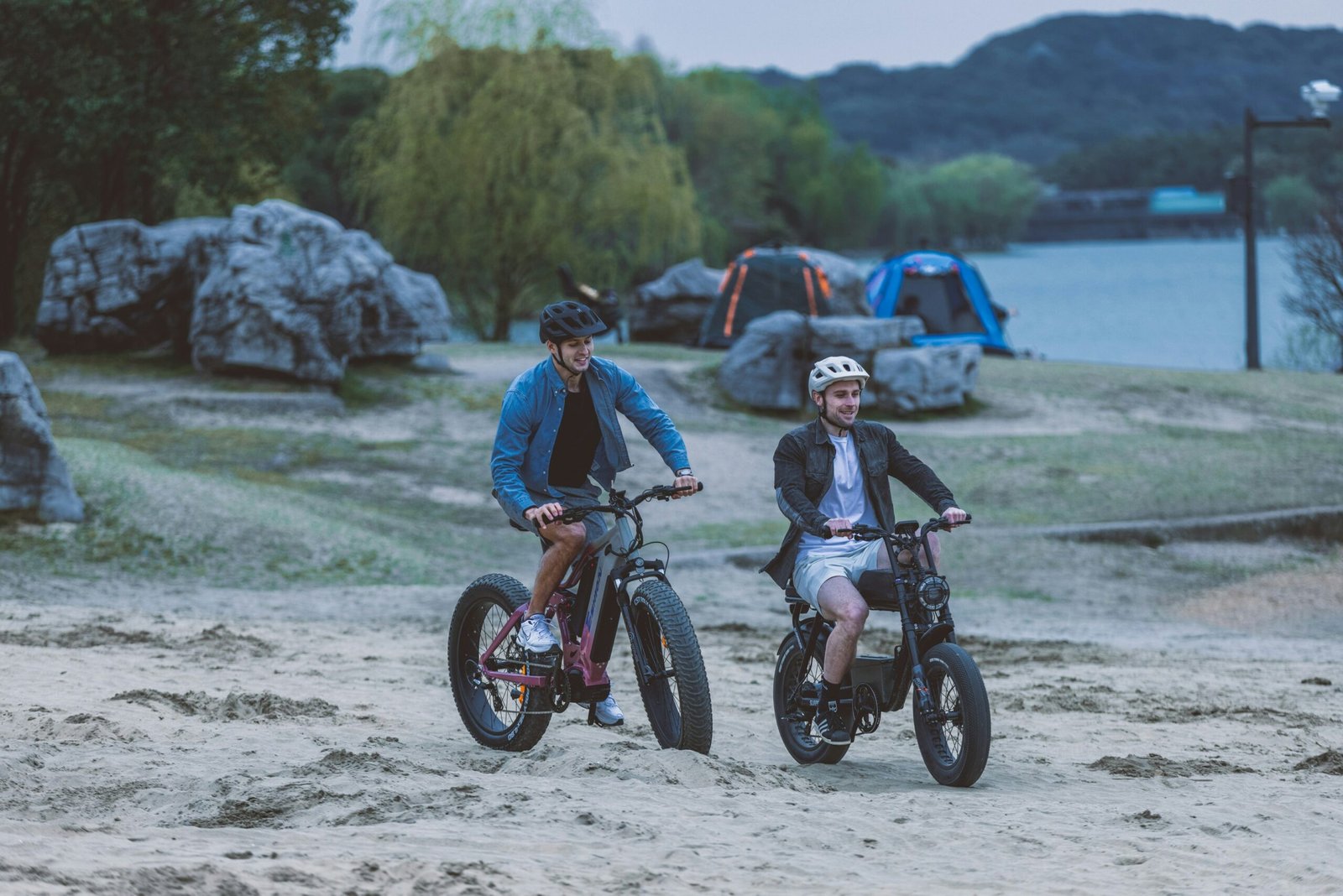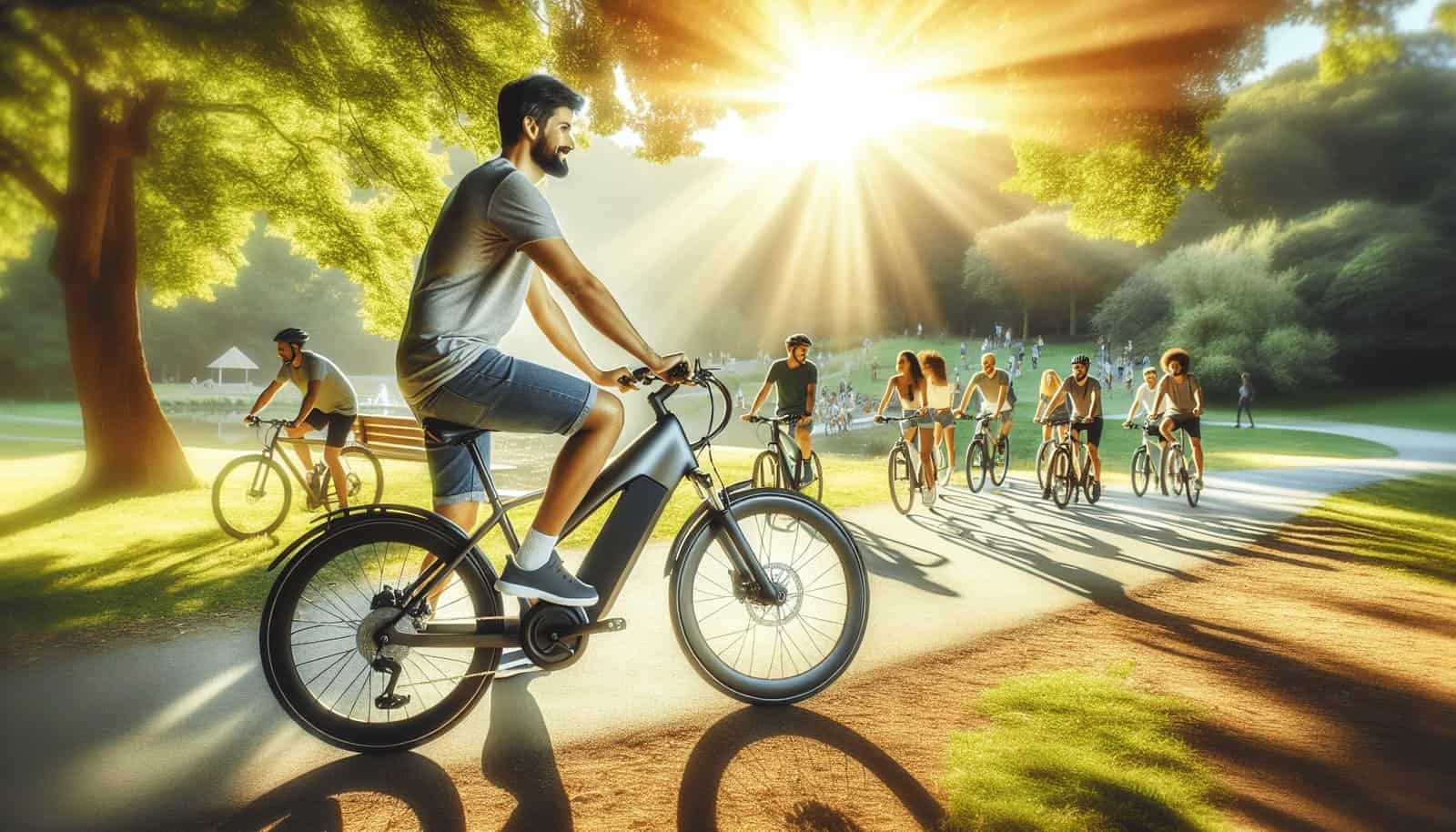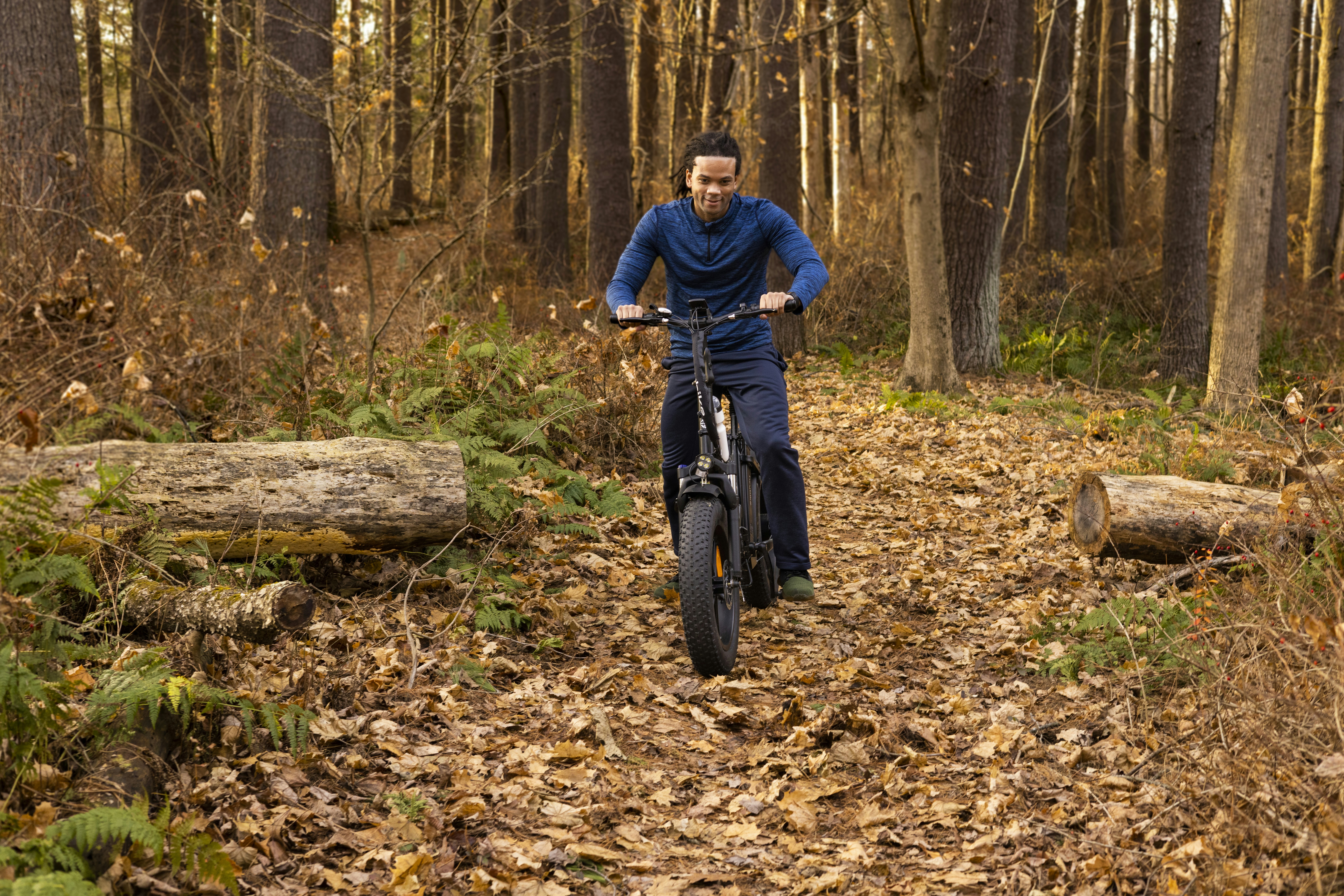Have you ever wondered if you can enjoy recreational cycling and group rides on an electric bike? If you’re an avid cyclist or just someone considering diving into the world of biking, you might be curious about whether an electric bike (e-bike) is suitable for these types of activities. This comprehensive guide aims to answer that question in detail, offering insights into the practicalities, benefits, and potential drawbacks of using an e-bike for recreation and group rides.

Advantages of Using an Electric Bike for Recreational Cycling
When considering an e-bike for recreational cycling, the benefits are numerous. They go beyond the simple appeal of having a motor assist you. Here are some compelling reasons why you might find an e-bike particularly appealing for recreational activities.
Enhanced Distance and Duration
One of the primary advantages of an e-bike is the ability to cover longer distances with less fatigue. The electric assist can help you keep pace and explore further, making your cycling adventures more exhilarating than ever.
Traditional Bike vs. E-Bike for Distance
| Factor | Traditional Bike | E-Bike |
|---|---|---|
| Average Distance | 20-30 miles | 30-50 miles |
| Effort Level | High | Moderate |
| Fatigue Level | High | Low to Moderate |
Inclusive Cycling
E-bikes are perfect for making cycling more inclusive. They level the playing field for cyclists of varying fitness levels, ages, and capabilities. This means you can enjoy rides with family and friends without worrying about lagging behind.
Access to Challenging Terrains
Thanks to the motorized assistance, you can confidently tackle challenging terrains such as hills and rough trails. This opens up a world of possibilities for recreational cyclists who want to explore diverse landscapes.
Group Rides and Electric Bikes
The dynamics of group rides can change with the introduction of an e-bike. It’s essential to consider how your choice affects not only your experience but also that of your fellow riders.
Setting Group Expectations
When integrating an e-bike into a group ride, setting expectations is crucial. Everyone in the group should be aware that you’re using an e-bike and understand how it might influence the ride.
Expectation Setting Tips:
- Communicate: Let everyone know you’re riding an e-bike before the trip.
- Pacing: Discuss pacing to ensure the group stays together.
- Etiquette: Be mindful not to dominate the front of the group due to your additional speed.
Matching Speeds
One of the beauties of an e-bike is the ability to control the level of assistance. This means you can match your speed with non-electric bikes, ensuring a harmonious group ride experience.
Potential Challenges in Group Rides
While e-bikes offer numerous benefits, they can also introduce some challenges in group dynamics:
- Battery Life: Different paces and terrains can affect battery consumption, potentially leaving you without assist mid-ride if not managed properly.
- Weight and Handling: E-bikes are generally heavier than traditional bikes, which might impact maneuverability in tight group formations.
Safety Considerations
Safety should always be a paramount concern, whether you’re cycling alone or in a group. E-bikes come with their own set of safety considerations, which need attention to ensure a smooth and secure ride.
Understanding Local Laws
Before setting out on your e-bike, familiarize yourself with local regulations concerning electric bicycles. Laws can vary significantly between regions, from speed limits to where you can legally ride an e-bike.
Helmets and Gear
Investing in the right safety gear is essential:
- Helmet: Essential for all cyclists, especially those on e-bikes, due to the higher speeds achievable.
- Reflective Gear: Since e-bikes can handle longer distances, you might find yourself riding at dusk or dawn. Reflective clothing can enhance your visibility.
- Gloves and Padding: These can enhance comfort and protection, particularly on longer rides.
Battery Management and Storage
Proper battery management is critical for both safety and performance. Always check your battery’s charge before heading out and have a plan for recharging if your ride will extend its limit.
E-Bike Etiquette
Using an e-bike for recreational cycling and group rides requires some understanding of etiquette to ensure a pleasant experience for everyone involved. Adhering to good etiquette will also help in promoting a positive image of e-bikes in the cycling community.
Uphill and Downhill Riding
Respect the effort your fellow cyclists make when climbing hills. If you’re using your e-bike’s assistance, avoid overtaking riders who may be exerting themselves significantly. On downhill sections, remember that e-bikes can be heavier and handle differently, so take caution to avoid collisions.
Passing Other Cyclists and Pedestrians
When passing others, always do so safely and respectfully. Signal your intention to pass by using your bell or verbally announcing your presence.
Passing Checklist:
- Signal your intention well in advance.
- Pass on the left.
- Ensure there is ample space between you and the person you’re passing.
Group Communication
Good communication is key in any group ride but becomes even more important when e-bikes are involved. Regularly check in with your group, making sure everyone is comfortable with the pace and route.

E-Bike Maintenance
Maintaining your e-bike properly will ensure it performs well during recreational rides and group outings. Good maintenance practices also enhance your safety on the road.
Regular Checks
Carry out routine checks to keep your e-bike in top condition:
- Battery: Ensure it’s fully charged and check for any signs of wear.
- Tires: Check for proper inflation and any signs of damage.
- Brakes: Make sure they are responsive and not worn down.
Professional Servicing
Periodic professional servicing ensures that your e-bike remains reliable. This includes detailed checks and adjustments that go beyond basic DIY maintenance.
Environmental Impact
One of the attractions of cycling is its low environmental impact. E-bikes also offer a greener alternative to many modes of transport, but there are still considerations to be aware of.
Reducing Your Carbon Footprint
E-bikes have a relatively low carbon footprint compared to cars, thanks to their electrical assist. However, being mindful of how you charge your e-bike and engaging in proper battery disposal practices further enhances their eco-friendliness.
Traditional Bike vs. E-Bike Environmental Impact
| Impact Area | Traditional Bike | E-Bike |
|---|---|---|
| Carbon Emission | Zero | Low (depends on energy source) |
| Battery Waste | None | Moderate (proper disposal needed) |
| Manufacturing Impact | Low | Moderate to High |
Sustainable Cycling Practices
Consider adopting sustainable cycling practices:
- Use renewable energy sources for charging if possible.
- Recycle old batteries and e-bike components responsibly.
- Opt for e-bikes with eco-friendly manufacturing processes.
Cost Considerations
Investing in an e-bike involves a considerable upfront cost. Here, we’ll delve into what you can expect financially.
Initial Purchase Costs
E-bikes can range widely in price depending on their features, brand, and build quality.
Average Cost Breakdown
| Type of E-Bike | Estimated Cost Range |
|---|---|
| Entry-Level | $500 – $1,500 |
| Mid-Range | $1,500 – $3,000 |
| High-End | $3,000 and above |
Maintenance Costs
E-bikes may require more specialized and therefore potentially more expensive maintenance compared to traditional bicycles. Factor in costs for battery replacement, which may be necessary every few years.
Operational Costs
While e-bikes reduce the need for fuel, they do require energy to charge and periodic maintenance, such as tire replacements and brake pads.
Choosing the Right E-Bike for Recreational Cycling
With various types of e-bikes available, choosing one that suits your needs is crucial. This section will guide you through what to consider when making your choice.
Types of E-Bikes
Understanding the different types of e-bikes can help you decide which one best fits your recreational cycling needs.
Types of E-Bikes
| Type | Description | Best For |
|---|---|---|
| Commuter E-Bikes | Designed for city commuting, featuring moderate assistance | Urban rides, short distances |
| Mountain E-Bikes | Built for off-road and rough terrains, with advanced suspension | Off-road trails, hills |
| Road E-Bikes | Lightweight with extended battery life for long distances | Paved roads, long-distance tours |
| Folding E-Bikes | Compact and portable, suitable for mixed commuting | Commuting, short recreational rides |
Key Features to Look For
When shopping for an e-bike, consider the following features:
- Battery Life: Consider your typical ride lengths and choose an e-bike with appropriate battery life.
- Motor Power: More powerful motors provide more assistance but may require larger batteries.
- Comfort: Look for adjustable handlebars and seats to ensure a comfortable ride.
- Weight: Lighter e-bikes are easier to handle and transport but may compromise on battery size or motor power.
Test Riding
Before making a purchase, it’s always a good idea to test ride a few models. This will give you a feel for what you’re comfortable with and ensure the e-bike meets your expectations.

Conclusion
The answer to whether you can use an electric bike for recreational cycling and group rides is a resounding yes. E-bikes offer a plethora of benefits that enhance your cycling experience, such as extended range, ease of tackling tough terrains, and inclusivity for riders of various skill levels. With thoughtful consideration of group dynamics, safety, and maintenance, e-bikes can be a fantastic addition to both solo recreational rides and group cycling adventures.
You no longer have to worry about keeping pace or cutting your ride short due to fatigue. Instead, you can focus on enjoying the journey, exploring new areas, and making lasting memories with fellow cyclists. So, if you’ve been contemplating whether to integrate an e-bike into your recreational cycling routine, consider this your ultimate guide to making an informed and fulfilling choice.


